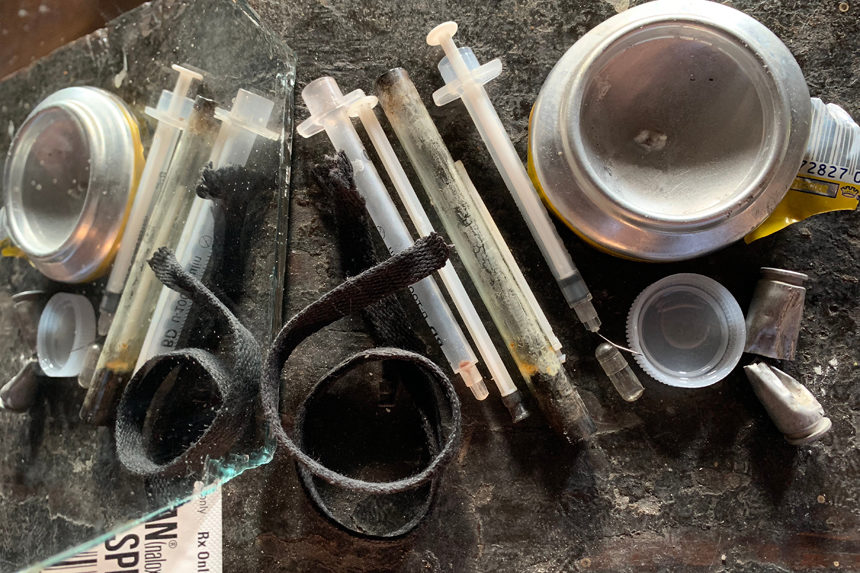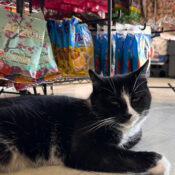Managing editor and logophile Andy Hollandbeck reveals the sometimes surprising roots of common English words and phrases. Remember: Etymology tells us where a word comes from, but not what it means today.
When I was in school, way back in the 1900s, the word paraphernalia was only ever paired with one word: drug. In those days of the “war on drugs,” when we kids were constantly reminded to “Just Say No” or else our brains might resemble an egg on a hot skillet, we were warned that not only would the possession of drugs put us in legal trouble, but carrying any drug paraphernalia could get us suspended or expelled from school.
Drug paraphernalia is the various equipment used to get drugs into one’s system. Being discovered carrying actual illicit drugs was an open-and-shut case, but if one was found in possession of a pipe, bong, syringe, cigarette paper, or roach clip — even if an actual drug wasn’t found — they served as evidence of drug use.
Drug paraphernalia was the proverbial smoking gun, even if the bong itself wasn’t smoking.
Since drug paraphernalia are the things that go with drugs but aren’t drugs themselves, you might rightfully assume that the para- part of the word means “alongside, beside,” as it does in parable (and parole). But what does the -phernalia part mean? Turns out it’s not pharmaceutical, but nuptial.
Related to pherein, meaning “to carry,” the Greek pherne was a dowry — the property a woman (or her family) gives to her husband when they marry. Paraphernalia, then, when it started finding use in English (probably in the 14th century), originally referred to the property “alongside the dowry.” That is, paraphernalia, shortened from paraphernalia bona, was a bride’s personal property.
To husbands, their wives’ property might seem like just a bunch of bits and bobs that they (the husbands) didn’t give much thought to, leading the word to be used to describe things that weren’t, in a legal and technical sense, paraphernalia. Thus the word expanded into a use divorced from its nuptial beginnings.
By the 1700s, paraphernalia was being used to describe equipment in general. It was a pretty handy shortcut, too, because it allowed people who didn’t know, for example, their pirns from their heddles to refer to weaving paraphernalia.
But in the 1970s and ’80s — at least to one Midwestern schoolboy — paraphernalia became inextricably linked to illicit drug use. To this day, I can’t use the word without first glancing around to make sure there aren’t any teachers within earshot.
Become a Saturday Evening Post member and enjoy unlimited access. Subscribe now




Comments
Honestly Andy, I can’t recall a time when ‘paraphernalia’ wasn’t associated with illicit/illegal drug use either other than my grandfather using it in the sense of being a nuisance of extra work and things needed. The rainy weather and cold requiring extra layers of clothing, rain boots, umbrellas, for example.
The history of the word is interesting. It’s a wonder the word has stayed intact since the 1700s, as it sounded old fashioned in the 1900s. I rarely hear it anymore in this century, so perhaps Father Time finally caught up with it. It seems unlikely many people under 35 frankly have even heard the word, much less know either meaning of it now.